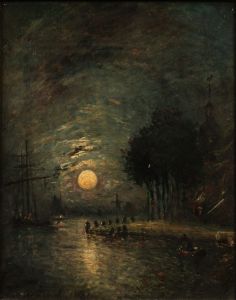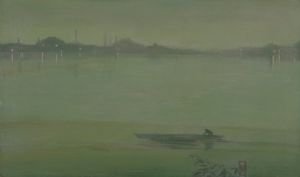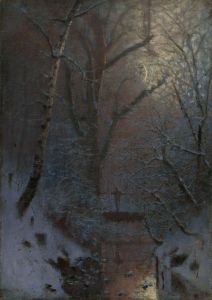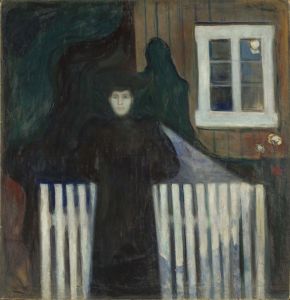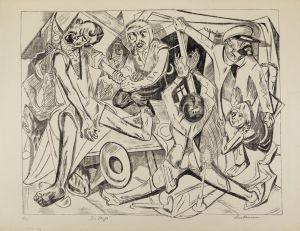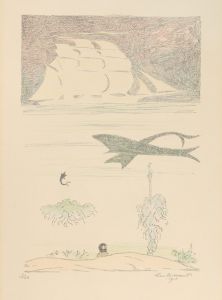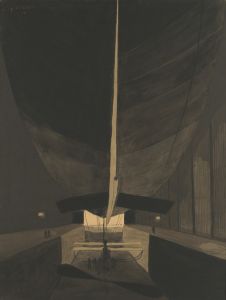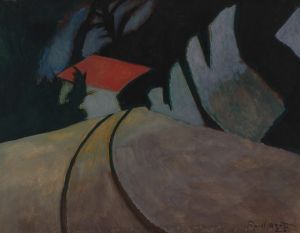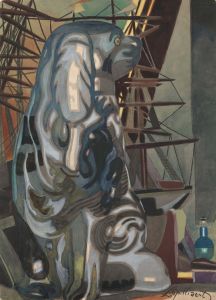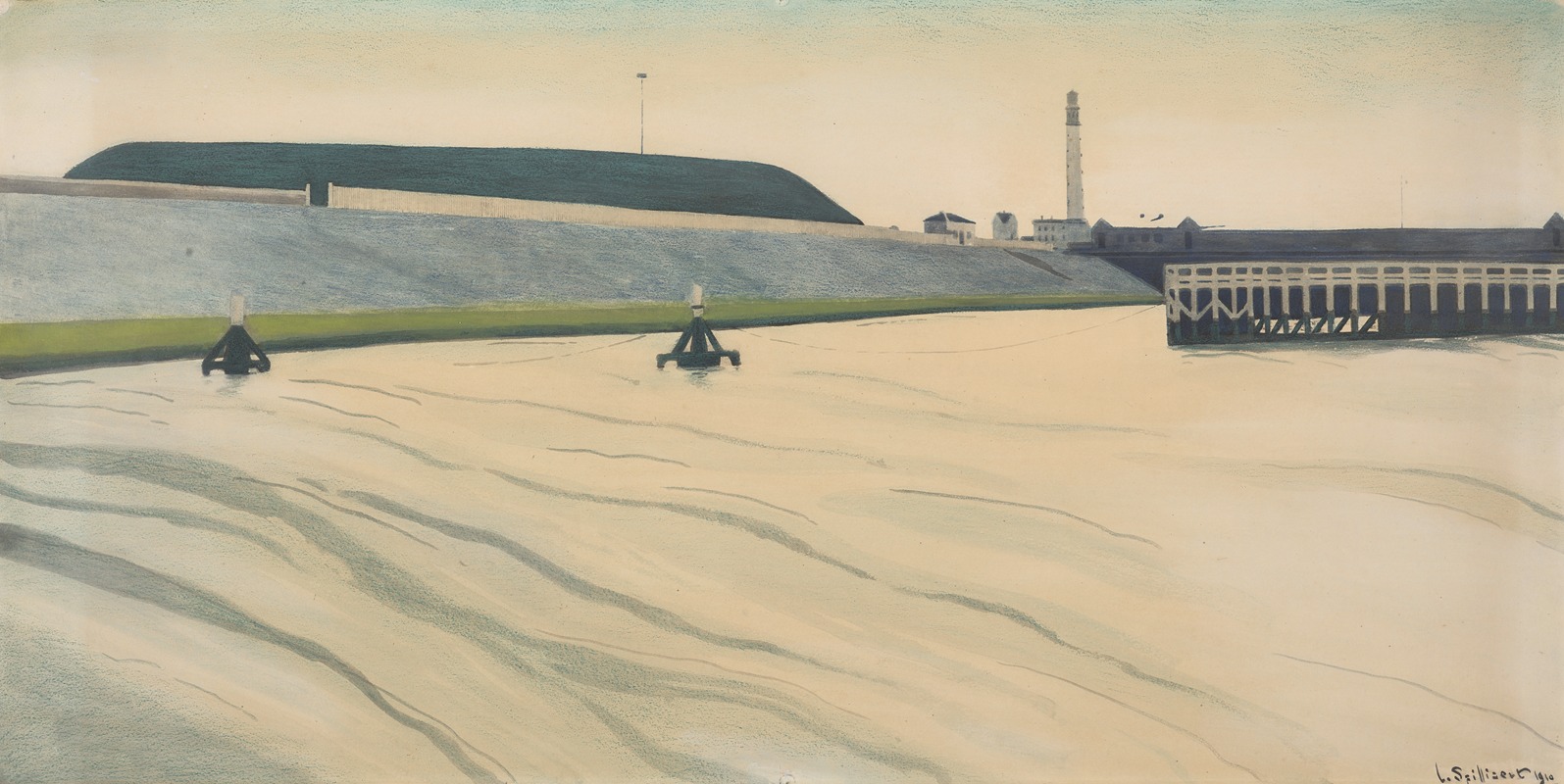
Haven te Oostende
A hand-painted replica of Léon Spilliaert’s masterpiece Haven te Oostende, meticulously crafted by professional artists to capture the true essence of the original. Each piece is created with museum-quality canvas and rare mineral pigments, carefully painted by experienced artists with delicate brushstrokes and rich, layered colors to perfectly recreate the texture of the original artwork. Unlike machine-printed reproductions, this hand-painted version brings the painting to life, infused with the artist’s emotions and skill in every stroke. Whether for personal collection or home decoration, it instantly elevates the artistic atmosphere of any space.
Léon Spilliaert's "Haven te Oostende" is a notable work by the Belgian symbolist painter, created in 1909. Spilliaert, born in 1881 in Ostend, Belgium, is renowned for his unique style that blends elements of symbolism and expressionism, often reflecting a deep sense of introspection and existential inquiry. His works frequently capture the haunting and mysterious atmosphere of his native Ostend, a coastal city that provided endless inspiration throughout his career.
"Haven te Oostende," which translates to "Harbor at Ostend," is a compelling example of Spilliaert's ability to convey mood and emotion through his distinctive use of color and form. The painting depicts the harbor of Ostend, a subject Spilliaert returned to repeatedly, drawn by the interplay of light, water, and the industrial elements of the port. This particular work is characterized by its subdued palette and the artist's masterful use of line and shadow, creating a sense of solitude and introspection.
Spilliaert's technique in "Haven te Oostende" is notable for its minimalistic approach, often employing watercolor, gouache, and ink on paper. This choice of medium allowed him to achieve a fluidity and transparency that contribute to the ethereal quality of the scene. The painting captures the quiet, almost melancholic atmosphere of the harbor, with its empty docks and still waters, evoking a sense of isolation and contemplation.
The early 20th century, when Spilliaert created this work, was a period of significant change and uncertainty in Europe, and his art often reflects the existential concerns of the time. "Haven te Oostende" can be seen as a meditation on the themes of solitude and the passage of time, common motifs in Spilliaert's oeuvre. The starkness of the composition, combined with the subtle gradations of tone, invites viewers to reflect on the transient nature of life and the quiet beauty found in moments of stillness.
Spilliaert's work, including "Haven te Oostende," has been celebrated for its innovative approach and emotional depth. Although he was somewhat overshadowed by contemporaries such as James Ensor, Spilliaert's unique vision and contribution to the symbolist movement have gained increasing recognition over the years. His paintings are housed in major collections worldwide, including the Royal Museums of Fine Arts of Belgium and the Musée d'Orsay in Paris, ensuring his legacy endures.
In summary, "Haven te Oostende" is a quintessential example of Léon Spilliaert's ability to capture the essence of his surroundings and translate them into a visual language that speaks to universal themes of solitude and introspection. Through his masterful use of medium and form, Spilliaert invites viewers into a world of quiet reflection, making this work a significant piece in the canon of early 20th-century European art.





